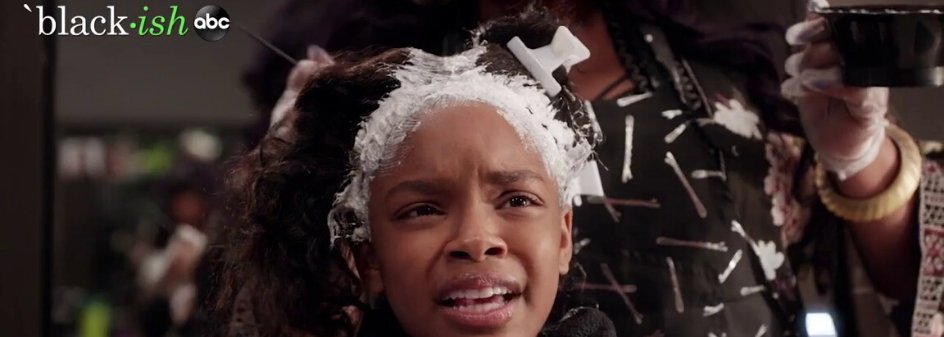Interlocking your locs is one method for starting your locs. Another method is palm rolling, which you may have already read through and bypassed. Many prefer interlocking, because palm rolling, when not done incorrectly, can stress the scalp and cause excess breakage, which leads to thinning locs.
Again, thinning only occurs when palm rolling isn’t done correctly and shouldn't occur when it is done correctly and mindfully. Interlocking will not cause thinning locs, unless you're interlocking that new growth way before its time.
While you may find it useful to start your locs with a comb, or crochet hook, and so on, all these things aren’t all that necessary. Having too many tools can also feel pretty overwhelming, not knowing where to begin or how to use each tool without making any mistakes. That’s why we’ve decided to fill you in on how you can in fact interloc your locs without any tools, just you, your new growth, your knowing hands and, as always, good vibes and patience. Now onto how to interlock your locs without any tools!
Step One:
Always interloc freshly shampooed and cleaned hair. You’ll want to start interlocking on damp hair, after you’ve separated each loc into their section. You can also have a spray bottle with water at hand in case you need to dampen up the hair as you go. Sectioning off the hair correctly will ensure the loc is being supported by the hair, rather than pulling at a hair from another section or area of the head.
Step Two:
Infuse the hair around the loc to support each loc. You don’t want to leave any loose hair on it’s own as you work on each section. Include all the hair around the loc and twist it into the loc.
Step Three:
Pinch the side of the hair by the root and pull the loc through by the top of the loc. Don’t do it by the center of the loc, because you can (and most likely will) end up with holes in the loc. Pinch and open a section around the root and pull the loc through. If you started by pinching the side of the root, then pinch on the top of the loc by the root, and pull the loc through from there. Then pinch towards the bottom of the new growth and pull the loc through.
Step Four:
Always smooth the loc down to keep all the hair around the loc in place as you interloc. Follow what the loc needs and pinch through each corner by the root, on the top, on the sides and on the bottom as you see needed. This part is both intuitive and practical. The new growth is supporting that loc, so you’ll want to pay close attention to the root and where to pinch for optimal support. Smooth the loc down and twist and smooth the hair as you interloc.
If you have a lot of loose hair outside of the interloc that's fine, you may just have finer hair. Always twist the hair by the root, and then pinch each section near the root to pull the loc through as you interloc with your fingers.
Final Thoughts and Steps as You Interloc
There’s nothing wrong with using tools, but Dr Locs, Creator, Chimere has been trained to interloc without tools, so this is just our method. We wanted to fill you in on other possibilities for interlocking your locs and explain to you how we do it, in case this method appeals to you. We feel that you don’t need tools. You can have more control over the loose hair because you're using your hands and not relying on tools.
Interlocking with your hands can also prevent holes. Holes usually appear in the locs when one interlocs and pulls the loc through the middle of the loc and not the very top. Make sure you always smooth out the hair after you pull the loc through around the roots. You’ll also want to pay attention and make sure the loc is in the middle of the squared section as you interloc. Clips are helpful and will give you a more professional finish. Clips help hold the hair in place and then, when you’re under the dryer, your clips will hold all the hair in place for a smoother and more professional finish.
*Note - We are aware the correct spelling is interlock, however at Dr Locs all things referring to locs we like to use the word interchangeably. Thank you for reading*




